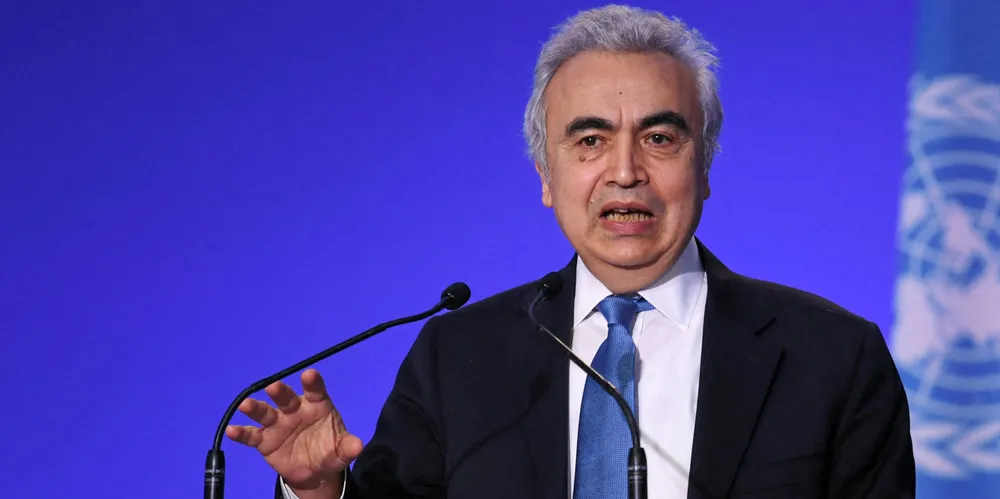Green hydrogen project pipeline hits 134GW by 2030, but six times more needed to be on track for net zero: IEA
New International Energy Agency report praises 'impressive' growth in announced renewable H2 projects, but points to huge shortfall in bid to reach net zero emissions by 2050

If all the green hydrogen projects announced to date were built according to developers’ plans, the world would have 134GW of electrolysers in place by 2030, according to a new report by the International Energy Agency (IEA).
But this is six times less than the 850GW of installed capacity required by the end of this decade if the world is to stay on track to reach net-zero emissions by 2050, it adds.
The capacity of announced green hydrogen projects has more than doubled over the past 12 months — up from 54GW last year — which the IEA describes as growth “at an impressive speed”.
The impact of subsidy schemes
Currently, only 9.5GW of electrolyser capacity has reached a final investment decision (FID), and the study hints that many announced clean hydrogen projects will not progress according to plan.
“There are many uncertainties of course, even for planned near-term projects,” it explains. “Some projects originally planned to become operational in 2022 and 2023 have been delayed due to problems of securing financing.”
But it suggests that these problems will fade away once announced subsidy schemes are put into practice.
“Many projects under development are first movers that face a combination of risks, including uncertain demand and uncertain regulatory frameworks, and lack of infrastructure and operational experience.
“Governments worldwide are initiating policies such as grants, loans, tax incentives or contracts for difference to reduce the risks of early projects and to leverage private investment. Such measures help developers to access better financing conditions to improve the feasibility of capital-intensive hydrogen projects.
“Policies to mitigate investment risk can boost production capacity, infrastructure development and equipment manufacturing capacity, to pave the way for future projects until hydrogen supply chains can transition from relying on public to private capital.”
Russia’s invasion of Ukraine — and the subsequent increase in natural-gas prices means that methane-derived hydrogen is now far more expensive to produce, which “may accelerate the use of renewable hydrogen in [oil] refining.”
Question marks
The IEA’s claim that 850GW of electrolysers will be needed by 2030 to keep the world on track for net-zero emissions by mid-century has been criticized for being overly bullish on the future hydrogen demand.
The IEA also does not have much to say about how much new renewable energy would be required to produce all this green hydrogen. According to Recharge calculations, producing 14 million tonnes of green hydrogen annually by 2030 would require 186GW of offshore wind, or 444GW of solar power (using capacity factors of 43% and 18%, respectively). By the end of last year, the world had installed 55.7GW of offshore wind and 843GW of solar.
(Copyright)